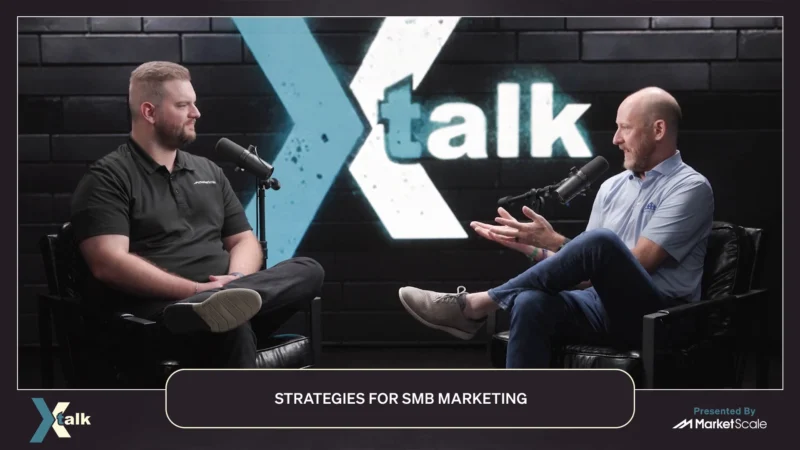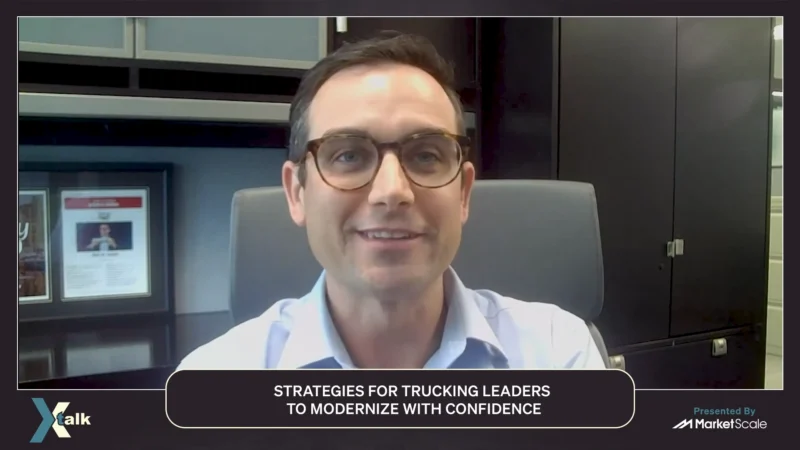Grid Modernization is Bringing Utilities and Internet Providers to the Table. How Will Collaboration Shape the Grid?
The power grid is in for an exciting era of improvement as it embraces Industry 4.0 and mass digitalization. That doesn’t mean modernization isn’t a tough ride. As the grid grapples with blackouts and shut-offs, one thing is clear: The U.S. needs to modernize its aging grid and embrace technologies that make better use of existing power generation capacities, while improving the efficiency of transmission and distribution. This is especially necessary as the energy grid further decentralizes its “edge,” a layer of the grid which is still definitionally up for debate on how deep and wide it goes. With the demand for clean energy at the heart of a more sustainable, greener world, and more prosumers playing an active role in energy efficiency, grid modernization has become crucial, not only for integrating renewable energy sources but also for preparing the grid’s infrastructure for a decentralized network of energy efficiency.
In this context, the collaboration between utilities and Internet Service Providers (ISPs) has become critical. With roughly 70% of the grid’s infrastructure being more than 25 years old, it’s a ripe moment for the industry to collaborate across industry to facilitate the needed network infrastructure that will support the modernized grid, and embrace the possibilities that improved grid technologies can bring for energy efficiency and reliability.
The core question that arises is: How can utilities and ISPs better support each other in the mission of grid modernization? This is where Experts Talk, hosted by Daniel Litwin, the Voice of B2B at MarketScale, steps in. In the latest episode, Litwin sits down with industry leaders Dr. Dominique Meyer, Nick Tumilowicz, and Charlie Nobles to dissect this complex collaboration.
Key points from the episode include:
- The critical role of digital solutions and new stakeholders in grid modernization.
- The importance of collaboration between utilities and ISPs to support the connected, modern grid.
- Strategies for infrastructure coordination and the adoption of private LTE networks to enhance grid reliability.
Dr. Dominique Meyer, founder and CEO of Looq AI, brings a wealth of experience in asset intelligence and data efficiency to the table.
Nick Tumilowicz, Director of Distributed Energy Management Products at Itron, offers insights into the integration of renewable energy and customer programs.
Charlie Nobles, Vice President of Utilities Business Development at Ubiquia, shares his expertise in monitoring grid assets and leveraging LTE networks for utility solutions.
Article written by Aarushi Maheshwari.




